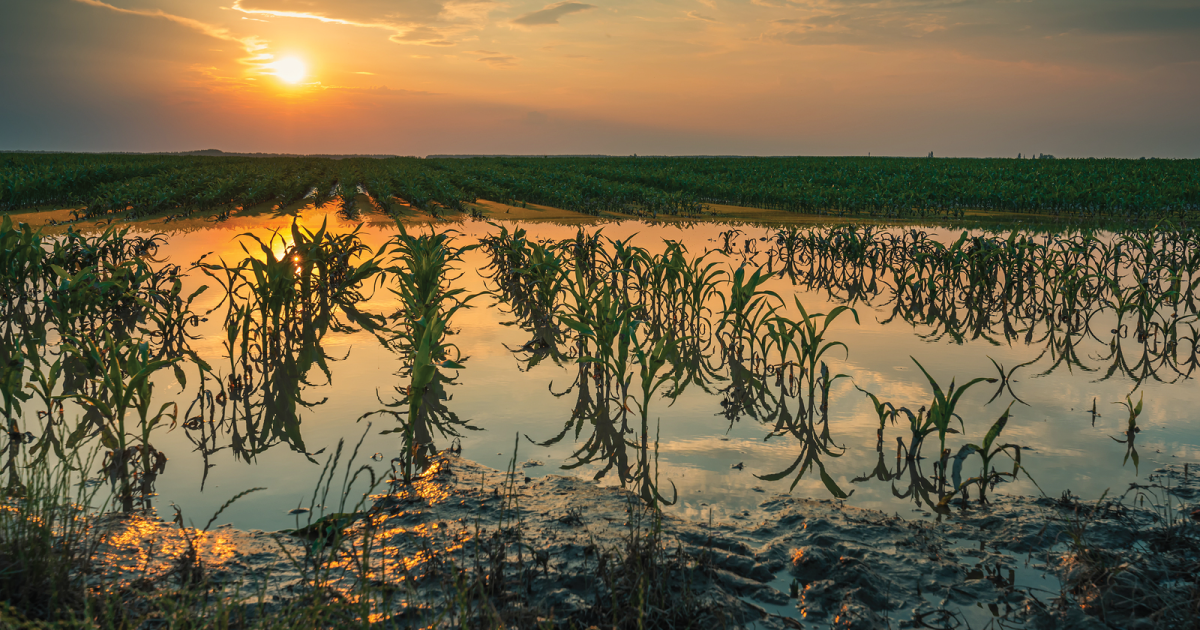
After a Rough Year, Farmers and Congress Are Talking About Climate Solutions
As millions of acres of American farmland sat under historic floodwaters this spring, a remarkable pattern began to emerge. Even among fields that sat side-by-side, with the same crops and the same soil type, researchers and farmers noticed that some bounced back faster than others. What made the difference?
December 26, 2019 | Source: Inside Climate News | by Georgina Gustin
The Midwest floods revealed another benefit of sustainable agriculture: fields that had been farmed with conservation practices recovered faster.
As millions of acres of American farmland sat under historic floodwaters this spring, a remarkable pattern began to emerge.
Even among fields that sat side-by-side, with the same crops and the same soil type, researchers and farmers noticed that some bounced back faster than others.
What made the difference?
The fields that were slow to drain and remained waterlogged longer had been farmed conventionally — tilled, left bare and unplanted over the winter. The fields that drained quickly and were ready for sowing hadn’t been tilled in years and had been planted every winter with cover crops, like rye and clover, which help control erosion, improve soil health and trap carbon in the soil.
“There’s a pretty stark contrast,” said William Salas, the interim CEO of Dagan Inc., a firm that specializes in geospatial data.
